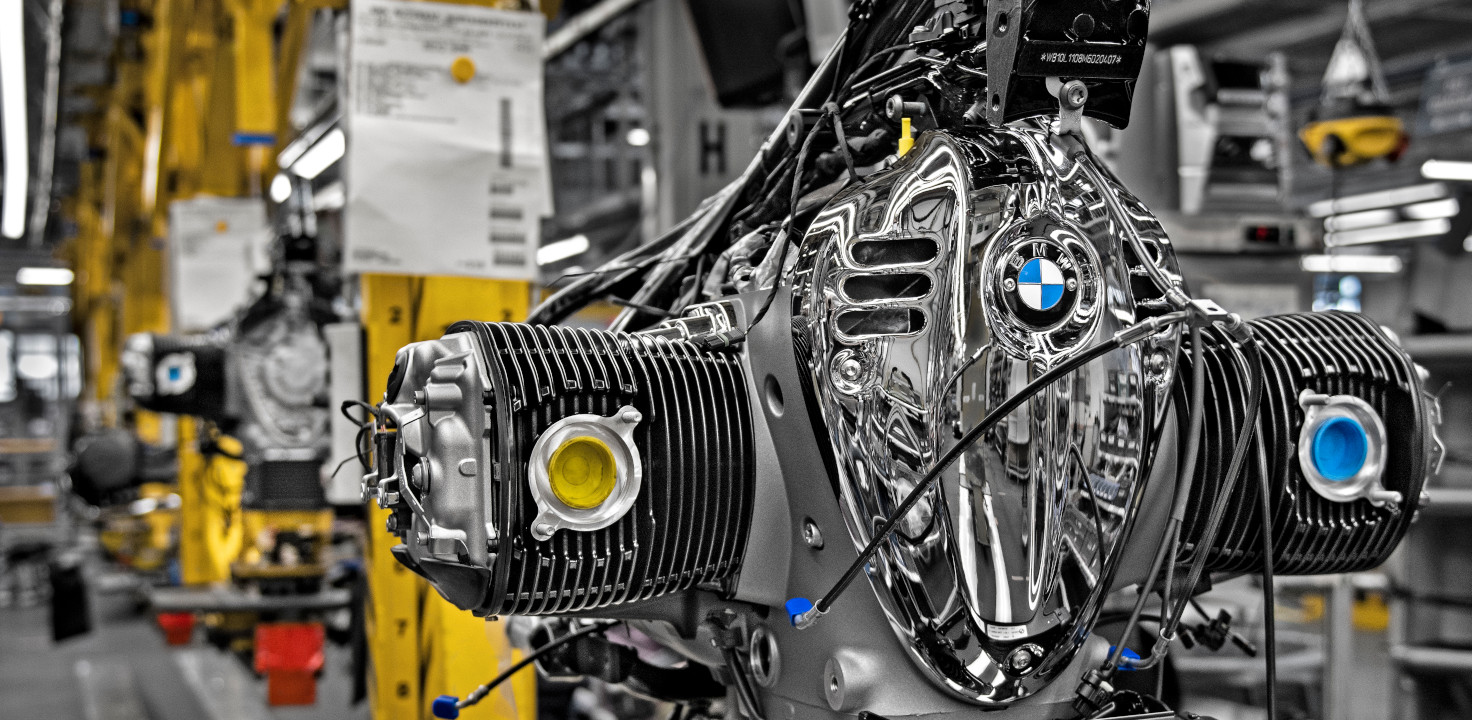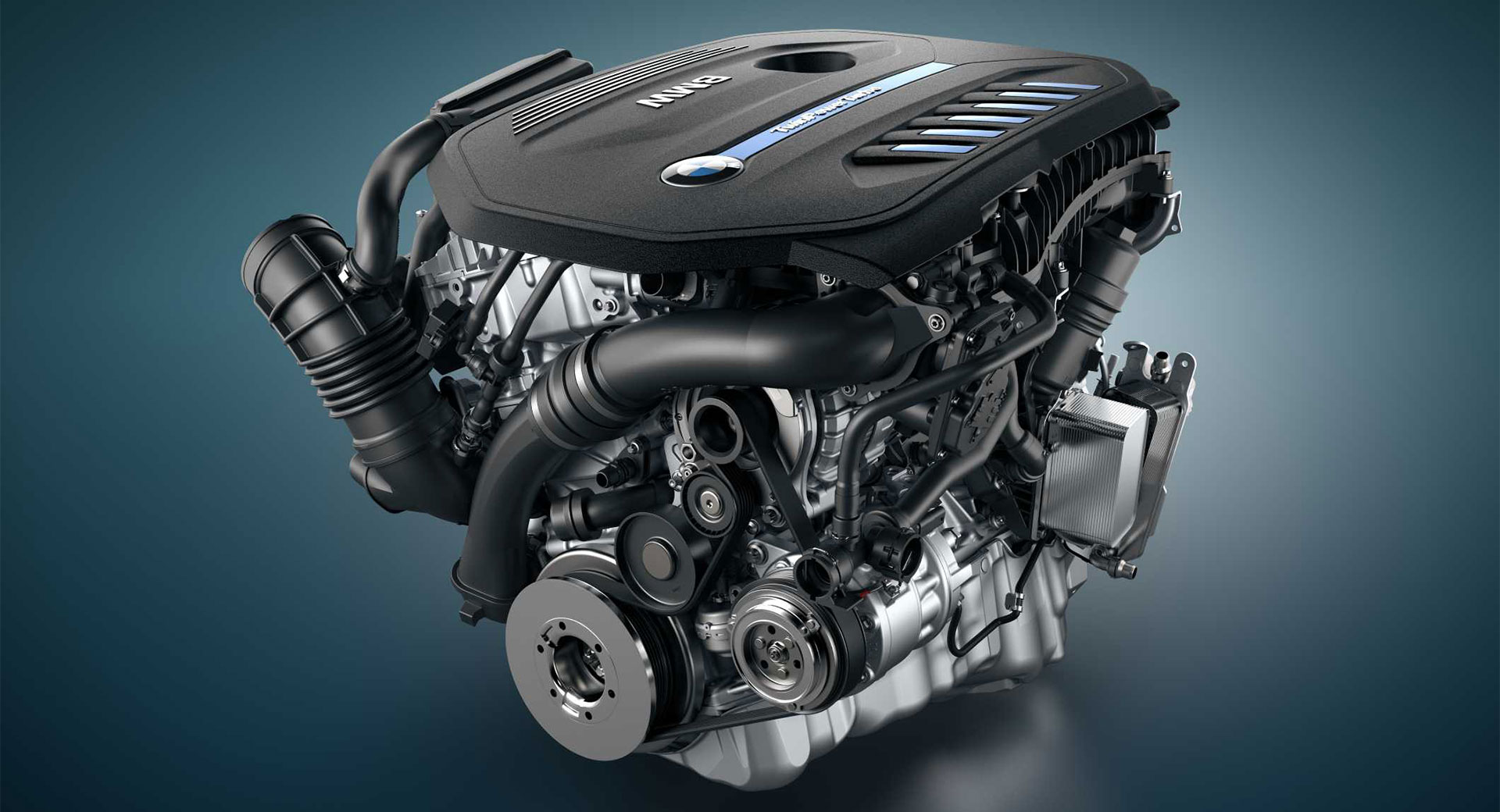Exploring the Efficiency Enhancements of the Latest BMW Engine Models
Exploring the Efficiency Enhancements of the Latest BMW Engine Models
Blog Article
Discovering the Evolution of Combustion Engines in Modern Transportation Solutions
As we navigate the landscape of modern transport, the evolution of burning engines stands as a testimony to human resourcefulness and design prowess. From their modest beginnings to the advanced powerhouses pushing vehicles today, burning engines have undertaken a remarkable trip of advancement and adjustment. Comprehending the details of this advancement not just loses light on the past however likewise paves the method for envisioning what exists in advance in the world of transportation technology. The interaction of background, technology, and ecological worries in shaping the trajectory of burning engines creates a narrative that is both engaging and insightful.
Very Early Beginnings of Combustion Engines
Just how did the principle of burning engines very first emerge in the onset of transport growth? When the principles of internal burning were very first explored, the origins of combustion engines can be mapped back to the 17th century. In 1673, Christian Huygens conceptualized a fundamental internal combustion engine that utilized gunpowder to produce power. It wasn't up until the late 19th century that useful applications of combustion engines in transport began to arise.
The advancement minute came with the invention of the initial successful gasoline-powered engine by Karl Benz in 1885 - bmw engine. This engine led the way for the advancement of the modern car, changing transportation systems worldwide. Subsequent developments by Nikolaus Otto and Gottlieb Daimler additionally improved burning engine innovation, causing the automation of vehicles and the rapid development of the transport industry
These very early burning engines were defined by their simplicity and performance, laying the structure for the complex and effective engines used in modern transport systems. The advancement of combustion engines has actually been crucial fit the means we travel and transport goods, noting a substantial milestone in the background of transportation advancement.
Shift to Internal Burning Innovation
The transition to internal combustion innovation marked a critical change in the evolution of transportation systems. This shift started in the late 19th century, with creators like Nikolaus Otto and Gottlieb Daimler developing the very first effective inner combustion engines. These engines reinvented transportation by supplying an extra efficient and powerful alternative to heavy steam engines and electrical motors.
One of the essential advantages of internal burning engines was their capability to be reduced to match vehicles, leading to the advancement of automobiles and bikes. This change from large, stationary engines to compact, mobile ones led the way for the contemporary transport systems we see today.
The change to interior burning modern technology likewise stimulated improvements in fuel innovation, resulting in the development of gas and diesel as key gas sources for cars. This shift not only made transportation extra accessible to the masses however additionally laid the structure for the oil and gas market to come to be integral to worldwide economies.
Impact of Combustion Engines on Transportation
The fostering of burning engines in transportation systems catalyzed an extensive shift in the effectiveness and rate of worldwide flexibility. Burning engines transformed transport by supplying a flexible and dependable source of power for numerous automobiles, including automobiles, ships, aircrafts, and vehicles. This click here for more info innovation significantly enhanced the capability for individuals and goods to move over cross countries in shorter time structures, leading to boosted connection between areas and nations.
Additionally, the widespread use combustion engines has actually had a significant influence on economic development. The ability to deliver products effectively has actually stimulated profession and business, enabling businesses to expand their markets and reach consumers worldwide. This has assisted in financial growth and globalization, as products can now be carried quicker and in bigger quantities than ever.
Nonetheless, the ecological influence of burning engines can not be neglected. The combustion of nonrenewable fuel sources has resulted in air pollution and greenhouse gas exhausts, adding to climate change and presenting wellness dangers to populaces. bmw engine. Consequently, there is an expanding emphasis on creating alternative propulsion modern technologies to minimize these adverse results and create a more lasting future for transportation
Developments in Burning Engine Design
Various developments in combustion engine style have actually moved the advancement of transport systems over the decades. One remarkable advancement is the advancement of turbocharged engines, which make use of exhaust gases to drive a turbine that presses incoming air, permitting even more gas to be burnt, leading to increased power output without a significant boost in engine size. Furthermore, direct injection modern technology has actually boosted fuel efficiency and efficiency by precisely regulating the amount and timing of fuel injected right into the burning chamber. Variable shutoff timing systems have also transformed engine design by maximizing air movement at various engine rates, enhancing both power and performance. Another considerable development is the assimilation of lightweight products such as carbon fiber and aluminum alloys, decreasing general engine weight and boosting lorry fuel economic climate. Additionally, advancements in computer-aided design have actually enabled designers to optimize engine performance and effectiveness through simulations prior to physical models are built, conserving time and sources in the advancement procedure. These developments jointly add to the constant enhancement of combustion engines here are the findings in contemporary transport systems.
Future Trends in Combustion Engine Growth
With technology improvements driving constant advancement, the future of combustion engine development is poised to reinvent transportation systems worldwide. One of the vital trends in burning engine growth is the push towards better performance and reduced exhausts.
One more famous fad is the fostering of crossbreed innovations in burning engines. Crossbreed engines combine conventional burning innovation with electrical power, using improved gas efficiency and reduced discharges. As the automotive sector shifts in the direction of electrification, crossbreed combustion engines are viewed as a transitional service that links the space in between conventional lorries and fully electric ones.
Moreover, the assimilation of smart modern technologies, such as expert system and data analytics, is anticipated to play a substantial role in the future of combustion engine advancement. These technologies can maximize engine efficiency in real-time, resulting in a lot more efficient combustion procedures and improved general vehicle efficiency. Accepting these future fads will not only drive development in burning engine growth however likewise contribute to a more eco friendly and sustainable transport ecological community.

Final Thought
In conclusion, the advancement of combustion engines in contemporary transport systems has actually been noted by substantial developments in technology and style. From the very early beginnings of combustion engines to the transition to inner combustion modern technology, these engines have had an extensive effect on transportation. Advancements in burning engine design proceed to drive progression in this field, with future fads concentrating on further improving efficiency and lowering emissions. The future of burning engines in transport looks appealing as research and advancement efforts remain to press borders.
The origins of combustion engines can be mapped back to the 17th you can try here century when the principles of interior combustion were first discovered. These engines changed transportation by supplying a much more efficient and powerful choice to heavy steam engines and electrical motors.

Report this page